
As Calgary returns to winter weather, my monthly blog post on my publisher’s website is about my process of starting to write Winter: book three of the Paula Savard mystery series.

As Calgary returns to winter weather, my monthly blog post on my publisher’s website is about my process of starting to write Winter: book three of the Paula Savard mystery series.
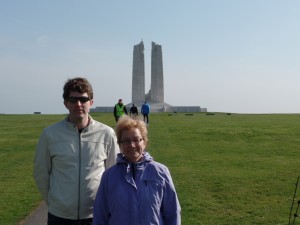
From April 9-12, 1917 the WWI Battle of Vimy Ridge took place. A largely Canadian army captured the German-held escarpment in rural France, today a 2 hour drive north of Paris, and forced a German retreat. This week’s newspaper accounts of the 100 year anniversary of that decisive battle have reminded me of my trip there with my husband and son Matt two years ago, almost to the date. 
In the Vimy visitor’s centre we learned that in 1922, France granted Canada perpetual use of a section of land at Vimy Ridge for a memorial and battlefield park featuring wartime tunnels, trenches, craters and unexploded munitions. Large areas are closed for public safety, although we were able to explore some trenches and a section of a tunnel. Nearby is a soldiers’ grave yard. 
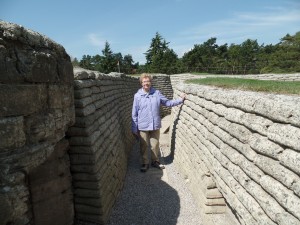 The memorial took 11 years to build and was unveiled in 1936 by King Edward VIII, attended by the president of France, Albert Lebrun, and over 50,000 Canadian and French veterans and their families.
The memorial took 11 years to build and was unveiled in 1936 by King Edward VIII, attended by the president of France, Albert Lebrun, and over 50,000 Canadian and French veterans and their families.
Toronto architect and sculptor, Walter Seymour Allward, who designed the memorial, described it as a “sermon against the futility of war.”
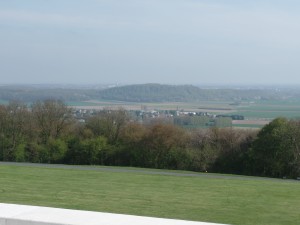
The Canadian Corps captured most of Vimy Ridge on April 9th, the first day of the attack. On April 9, 2007, the 90th anniversary of the battle, Queen Elizabeth II rededicated the monument, following a major restoration project, which included general cleaning and the recarving of many inscribed names.
 Veterans Affairs Canada maintains the Vimy Memorial and other Canadian war memorial sites in France. Canadian students can get postings at these visitors’ centres, a great educational and travel opportunity for them. I found that talking to the young guides felt like being in a piece of Canada in France.
Veterans Affairs Canada maintains the Vimy Memorial and other Canadian war memorial sites in France. Canadian students can get postings at these visitors’ centres, a great educational and travel opportunity for them. I found that talking to the young guides felt like being in a piece of Canada in France.
This Sunday, April 9, 2017, Canada will honour the fallen soldiers and the 100th anniversary of the Battle of Vimy Ridge with a commemoration ceremony at the memorial. Attending dignitaries include Canadian Prime Minister Justin Trudeau and Governor General David Johnston, President of France Francois Hollande and Prince Charles, Prince William and Prince Harry of the United Kingdom. 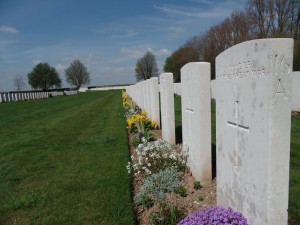
Yesterday’s published interview on You Read it Here First prompted me to google philosopher, mathematician, author, Nobel Laureate Bertrand Russell. Here are a few quotes from his abundant writings, which influenced me as a teenager. 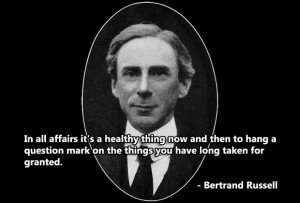

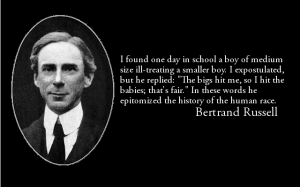
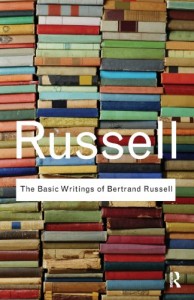
When author Christina Hamlett offered me an interview on her blog, You Read it Here First, I leaped at the chance. The interview turned out to be more involved than I expected. It took me a fair bit of time to craft these answers. I hope you enjoy them.
![14291847_1168246863248965_2109210460352893881_n[1]](http://susancalder.com/wp-content/uploads/2017/04/14291847_1168246863248965_2109210460352893881_n1-300x197.jpg)

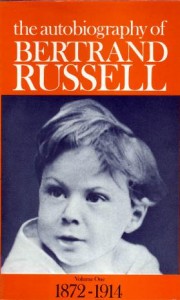
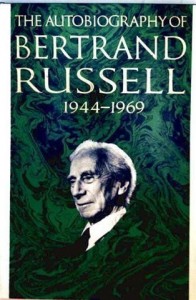
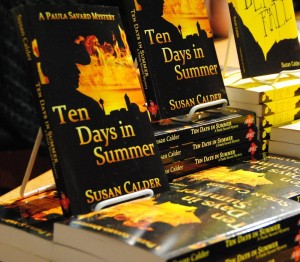 Ten days in Summer is number one on today’s Calgary Herald Bestsellers List – Fiction. Thanks, Owl’s Nest Bookstore, for once again hosting a terrific book launch.
Ten days in Summer is number one on today’s Calgary Herald Bestsellers List – Fiction. Thanks, Owl’s Nest Bookstore, for once again hosting a terrific book launch. 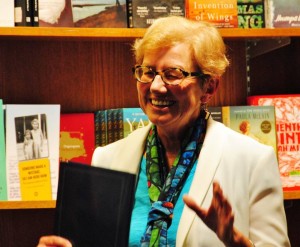
My signing tomorrow at Chapters Shawnessy has been changed to Saturday, April 22nd, due to the store not having copies of Ten Days in Summer. 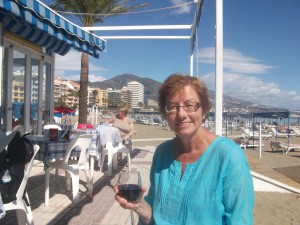 So I’m in for a more relaxing Saturday this weekend. I’ll have to get out and enjoy our mild temperatures. Not as mild as this day in Spain, but still pleasant for Calgary in March. Happy spring.
So I’m in for a more relaxing Saturday this weekend. I’ll have to get out and enjoy our mild temperatures. Not as mild as this day in Spain, but still pleasant for Calgary in March. Happy spring.
Another friend, Ruth Daly, has posted a photo-blog of my recent book launch for Ten Days in Summer. Ruth was my ‘official launch photographer.’ I’m lucky to have such friends. 
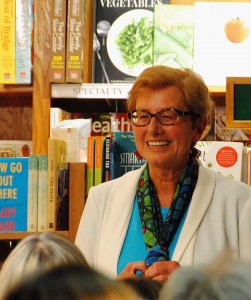 Today, Susan Toy features Ten Days in Summer in her blog Reading Recommendations. Be sure to scroll to the bottom of the post for a picture of me dressed goofily, for reasons I explain.
Today, Susan Toy features Ten Days in Summer in her blog Reading Recommendations. Be sure to scroll to the bottom of the post for a picture of me dressed goofily, for reasons I explain.
I am finally surfacing after my book launch on Tuesday evening. Ten Days in Summer got off to a roaring start. Many thanks to all of you who showed up or sent good wishes. I’m touched by your interest and support. Thank you, as well, to my long-time writer-friend, Shaun Hunter, for her great introduction and to Owl’s Nest Bookstore for hosting this wow event!
And one more thank-you to my writer-photographer-friend, Ruth Daly, for her photographs that make me look good.
“Would you mind if I take pictures of your launch and write a photo-blog?” Ruth asked.
“Uhhh,” I said. “That would be terrific.”
I’ll include more of Ruth’s photos in my next posts.
